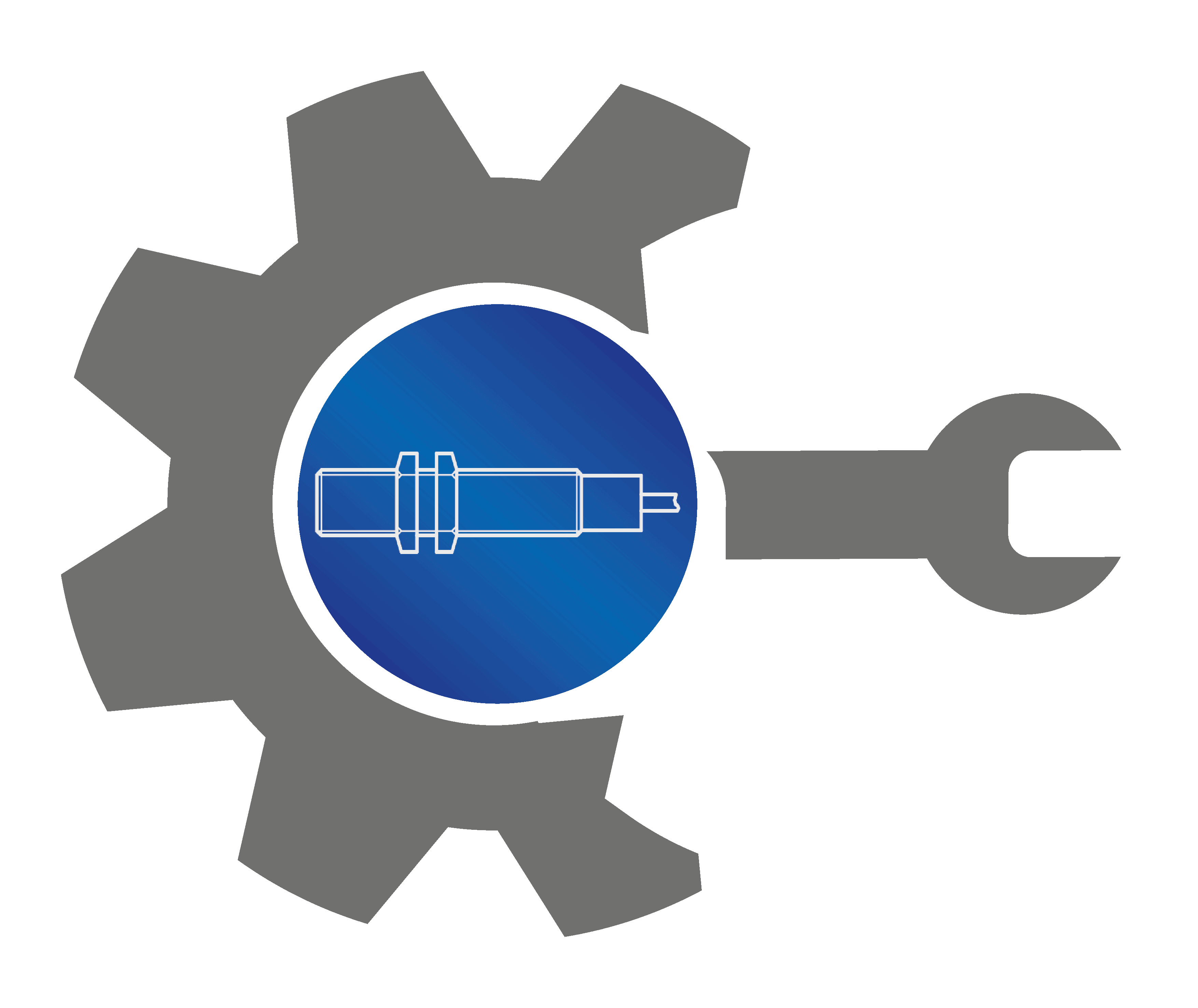
Magnetoresistive sensors: for particularly precise measurements
Magnetoresistive sensors can carry out particularly precise measurements. It utilises an effect that has been known since the 19th century – though it could only be used technologically since the middle of the 20th century. Today, these sensors are indispensable in mobile phones, cars, medical devices or tool robots.
What is a magnetoresistive sensor?
A magnetoresistive sensor uses the fact that the electrical resistance in a ferromagnetic thin film alloy is changed through an external magnetic field. “Ferrum” is Latin and stands for “iron”. Generally, mixed alloys are used, for example iron and nickel. These sensors are exceptionally small, and due to their special material, they are robust and consume very little energy. They are especially useful in areas where there is no continuous energy supply.
Applications: what is a magnetoresistive sensor used for?
A magnetoresistive sensor can be used for the following areas of application:
- Path and angle measurement
- Determination of magnetic fields
- Highly dynamic current measurement
- Contactless switches
- Dynamic measurements under extreme conditions (e.g. in vehicle engines)
How does a magnetoresistive sensor carry out measurements?
The utilisation of the AMR-effect (“anisotrope magnetoresistive effect”) is particularly well-known. The resistance in this case is dependent on the angle between the current direction and the magnetisation (M), which can be influenced through an external magnetic field. The resistance is smallest at a 90 degree angle and highest when the current flows in parallel.
In simplified form, a magnetoresistive sensor functions as follows: An object with its own magnetic field approaches the sensor. As a result, the electrical resistance changes. This makes it possible to detect at what angle the external magnetic field (and thus the object) is positioned in relation to the sensor. The magnetisation of the field also makes it possible to determine the distance.
The measurements are particularly precise, even under difficult conditions. These sensors are thus primarily used in extreme conditions.
How is a magnetoresistive sensor constructed?
A simple ferromagnetic layer is not sufficient to carry out an optimal magnetic field measurement. Instead, a magnetic preferred direction in the X-axis (the horizontally aligned axis) of the ferromagnetic material of the sensor is used. This so-called magnetic anisotropy has a single-axis anisotropic field strength of approx. 250A/m. This makes it possible to stop the magnetisation again, even if its direction was actually rotated by the external field.
To put it simply: As a result of the intervention, the magnetic field of the sensor is pushed back “into its track” against the external field. This effect can be measured as overcoming the resistance.
Depending on the intended use, a magnetoresistive sensor can be refined with small low-resistance metal strips to further improve the measurement accuracy at certain angles.
What conductive materials are used in magnetoresistive sensors?
Usually, the sensors work with iron, copper, nickel, gold or aluminium.
Advantages and disadvantages of magnetoresisitive sensors
Advantages:
- Extremely precise measurements
- Robust
- Very small
- Energy-efficient
- Wide range of applications
- Suitable for extreme environment
Disadvantages:
- Complicated to set up
Other interesting articles
Inductive sensor
Find out everything about the assembly and functionality of an inductive sensor.
Capacitive sensor
Find out everything about the assembly and functionality of a capacitive sensor.
Filling level sensor
Find out everything about the assembly and functionality of the filling level sensor.









